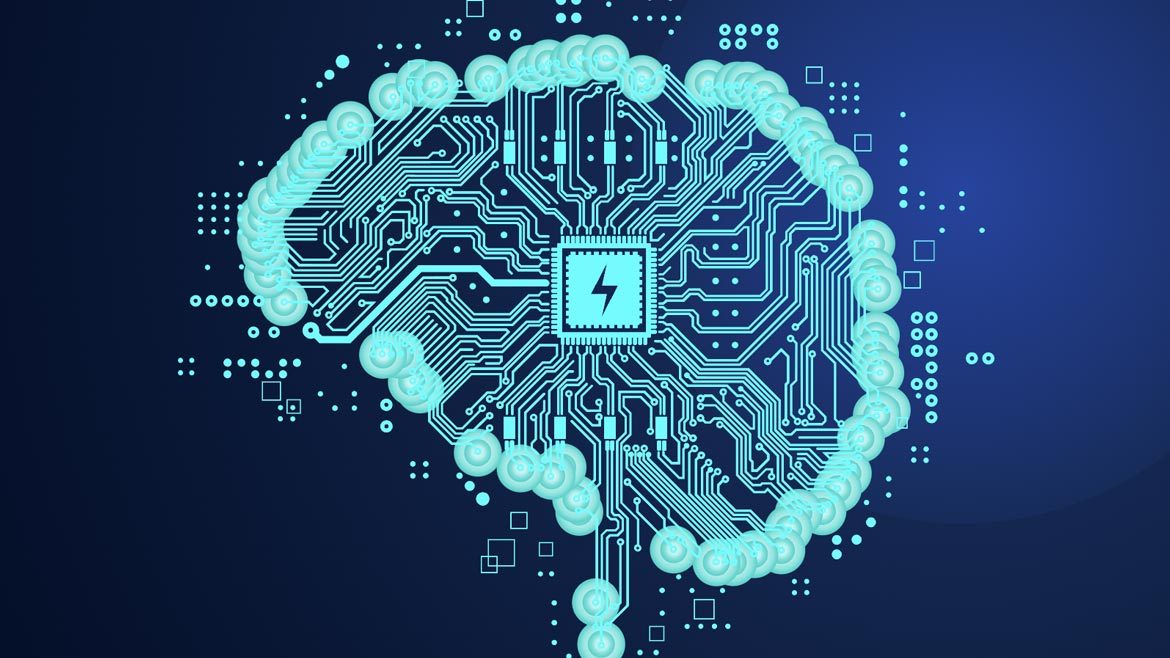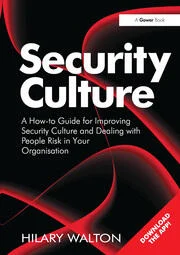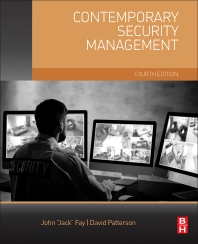Bolster cyber resilience to increase corporate and individual security

Rodeo Project Management Software via Unsplash
Today, the lines between professional and personal lives are increasingly blurred, and the security of an organization is tied to the security habits of each individual employee.
Improving cyber resilience is not just about protecting company assets on servers or in the cloud — it’s about safeguarding the personal data, devices, and digital habits of everyone within an organization. Even if one employee’s account is breached, the company is at risk. In fact, in a report from Varonis, the average employee is estimated to have access to 11 million files, showing just how important the security of the individual is to the security of its employer.
What is cyber resilience?
Cyber resilience refers to an organization's ability to prepare for, respond to, and recover from cyberattacks. This extends beyond corporate systems; it’s about ensuring that the personal devices, accounts, and information employees rely on are secure as well. A 2023 Statista survey found that 83% of respondents prioritized increasing their cybersecurity teams' resilience, reflecting the heightened need for organizations to adapt to emerging threats.
Incorporating daily actions into both corporate and individual routines can dramatically enhance cybersecurity resilience. The Cybersecurity and Infrastructure Security Agency (CISA) and National Cybersecurity Alliance (NCA) recommend the following actions for organizations:
- Use Strong Passwords and a Password Manager
- Turn On Multi-Factor Authentication
- Update Your Software
- Recognize and Report Phishing
While these steps establish a basic level of security, organizations can strengthen their cyber resilience by taking the following steps to bolster both corporate and individual security:
Providing security awareness training
Human error remains one of the top causes of cybersecurity incidents. Raising awareness and providing consistent cybersecurity training can help employees develop strong habits that protect both their work and personal lives.
Teaching employees to recognize phishing emails, use strong passwords, and avoid suspicious links benefits them on an individual level as much as it does the organization. Whether at work in the office or working at home, employees who are informed and vigilant of these cybercriminal tactics are far less likely to fall victim to them. Simulated phishing drills and regular security updates should be a part of an ongoing effort to improve individual cybersecurity, which in turn enhances the overall resilience of the organization.
Leveling up user endpoint protection
As remote work and bring your own device (BYOD) practices continue to rise for organizations everywhere, every individual device connected to a corporate network becomes a potential vulnerability to cyberattacks. Laptops, smartphones and tablets used for both individual and professional purposes create an open door for attackers looking to hack into sensitive company data or personal information.
Real endpoint protection ensures that every device connected to the corporate network is secured, whether it's a work-issued laptop or an employee’s personal smartphone or tablet. Advanced solutions that leverage machine learning and behavioral analysis provide real-time monitoring, helping protect both the organization and the individual from cyber threats. This way, employees can trust that their personal devices are secure, which in turn strengthens the entire corporate security framework.
Extending the perimeter with DNS filtering
DNS filtering doesn’t just protect corporate assets — it also protects individuals from accessing malicious websites that could compromise their individual information, whether on purpose or by accident. Employees frequently navigate between personal and work-related sites on their devices, making it essential to ensure that harmful websites are blocked.
Implementing DNS filtering allows companies to provide a layer of protection that shields employees from phishing attempts and malware whether they’re accessing corporate accounts or personal email. This proactive cybersecurity approach protects not just corporate data but also the individual security of every employee.
Keep up with patching
Implementing patch management with a managed service provider (MSP) is one of the most effective ways to strengthen both corporate and individual security. Patch management involves regularly updating software to fix known vulnerabilities, ensuring that security gaps in applications, operating systems, and other critical infrastructure are addressed before they can be exploited by cybercriminals. However, in today’s fast-paced, interconnected work environment, ensuring that every device — whether it's a work-issued computer or an employee’s personal smartphone or tablet — is consistently updated with the latest patch can be overwhelming for a small-scale IT department to manage efficiently. This is where an MSP plays a vital role.
By partnering with an MSP, businesses can automate and streamline the patching process, eliminating the need for employees to manually update their devices or worry about whether they’re using the latest version of software. An MSP will monitor for new updates, test patches to ensure they won’t disrupt operations, and apply them consistently across all endpoints. This service ensures that every device connected to the network, whether used for work or personal purposes, is protected from vulnerabilities that hackers could exploit.
Additionally, by offloading patch management to an MSP, organizations not only reduce the operational burden on their internal IT teams but also ensure they’re staying compliant with security regulations. Many regulatory standards require businesses to maintain up-to-date software to protect sensitive data, and an MSP ensures these requirements are met efficiently.
For employees, this offers peace of mind, knowing that the personal devices they use for work are secure and that any potential threats from outdated software are being handled. As part of a larger corporate security strategy, implementing patch management with an MSP strengthens cyber resilience across the board, protecting both the organization and its people.
Security Is everyone’s responsibility
Corporate security cannot exist without individual security. As employees adopt better security practices in their daily lives, they become stronger defenders of the organization’s digital infrastructure. By making cybersecurity a personal responsibility, companies empower their workforce to protect both their own information and the company’s.
When individuals take responsibility for their personal security and companies put stronger end-user protections in place, they contribute to a safer, more resilient digital environment for everyone.
Looking for a reprint of this article?
From high-res PDFs to custom plaques, order your copy today!



.jpg?height=200&t=1717794274&width=200)




